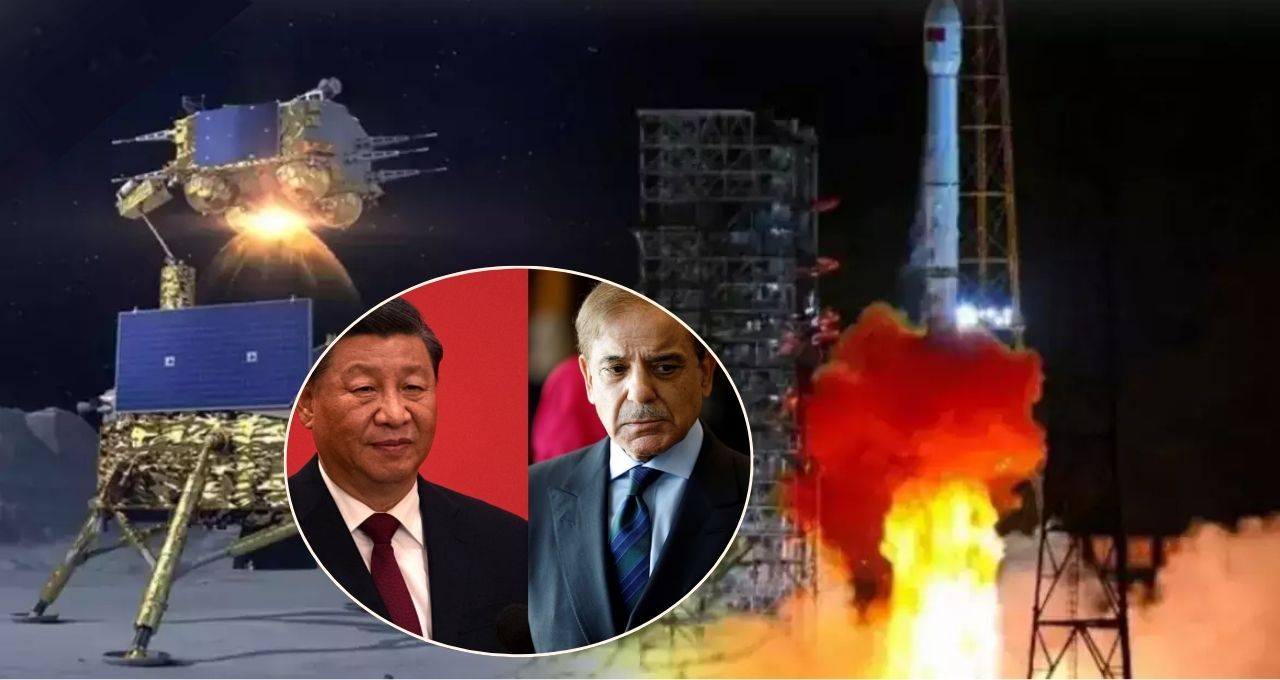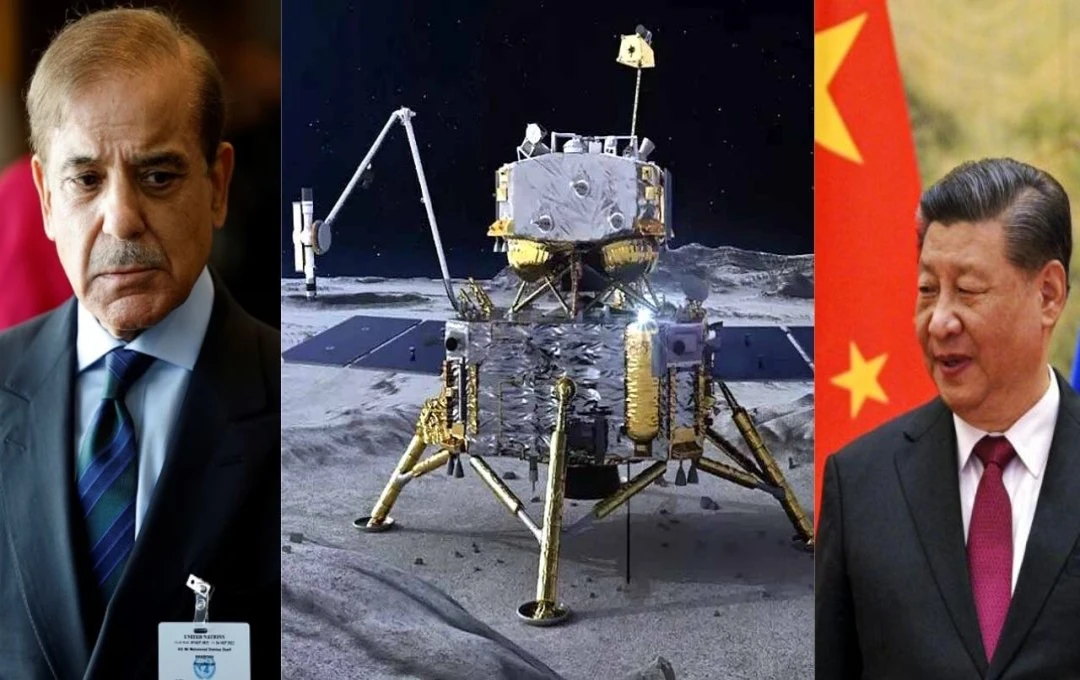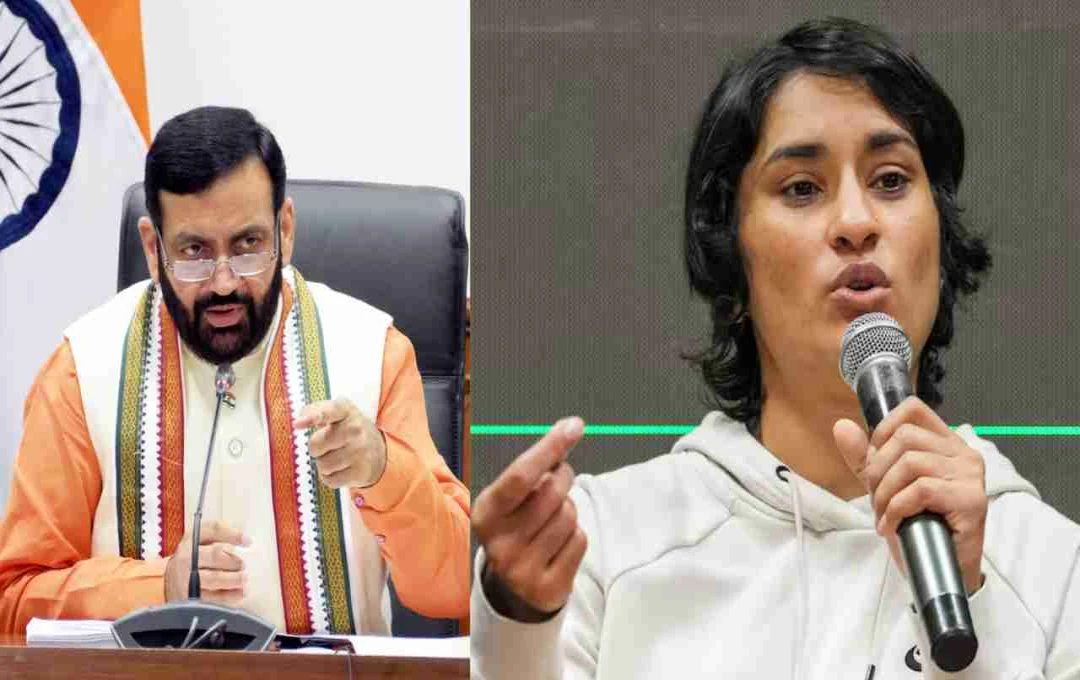Pakistan's Space Agency SUPARCO has partnered with China on the 2028 Chang'e-8 lunar mission. This mission will focus specifically on the scientific study of the Moon's south pole.
China-Pakistan moon mission: Following India's successful lunar missions, Pakistan is now also endeavoring to reach the Moon. However, Pakistan plans to achieve this not independently, but with China's assistance. Pakistan will participate in China's proposed Chang'e-8 lunar mission in 2028. This mission will mark the first time Pakistan's space agency, SUPARCO, will be part of a major lunar mission.
Pakistan's Rover to Join the Chinese Mission

A domestically developed 35-kilogram rover, created by the Space and Upper Atmosphere Research Commission (SUPARCO), will be part of the Chang'e-8 mission. This rover will specifically assist China in studying the lunar south pole. The mission aims to advance the International Lunar Research Station (ILRS) project, which may involve multiple countries.
Why is China Giving Pakistan this Opportunity?
According to a report by the Pakistan Observer, the objective of this space collaboration between China and Pakistan is to contribute to scientific research on the Moon. Specifically, they are exploring new possibilities regarding the Moon's south pole, where indications of water and other crucial resources have been found.
Chang'e-8 to Test Technologies on the Moon
According to NASA, the Chang'e-8 mission is considered a significant step towards building a future Lunar Science Base. This mission will test Earth observation, sample collection from the lunar surface, and resource utilization technologies to aid in establishing a permanent human settlement on the Moon in the future.
How Will the Pakistani Rover Help?

As reported by the South China Morning Post, the rover developed by Pakistan's SUPARCO is designed to study the challenging terrain of the Moon's south pole. This region is considered scientifically vital due to the potential presence of water and minerals.
Space for Other Nations in the Mission
According to Wang Qiong, the deputy chief designer of the Chang'e-8 mission, China has offered a 200-kilogram (440-pound) payload capacity for interested countries. This means other nations can send their scientific instruments or robots on this mission. This payload could include sensors, robotic rovers, or flight vehicles mounted on the lander, capable of operating independently after landing.












